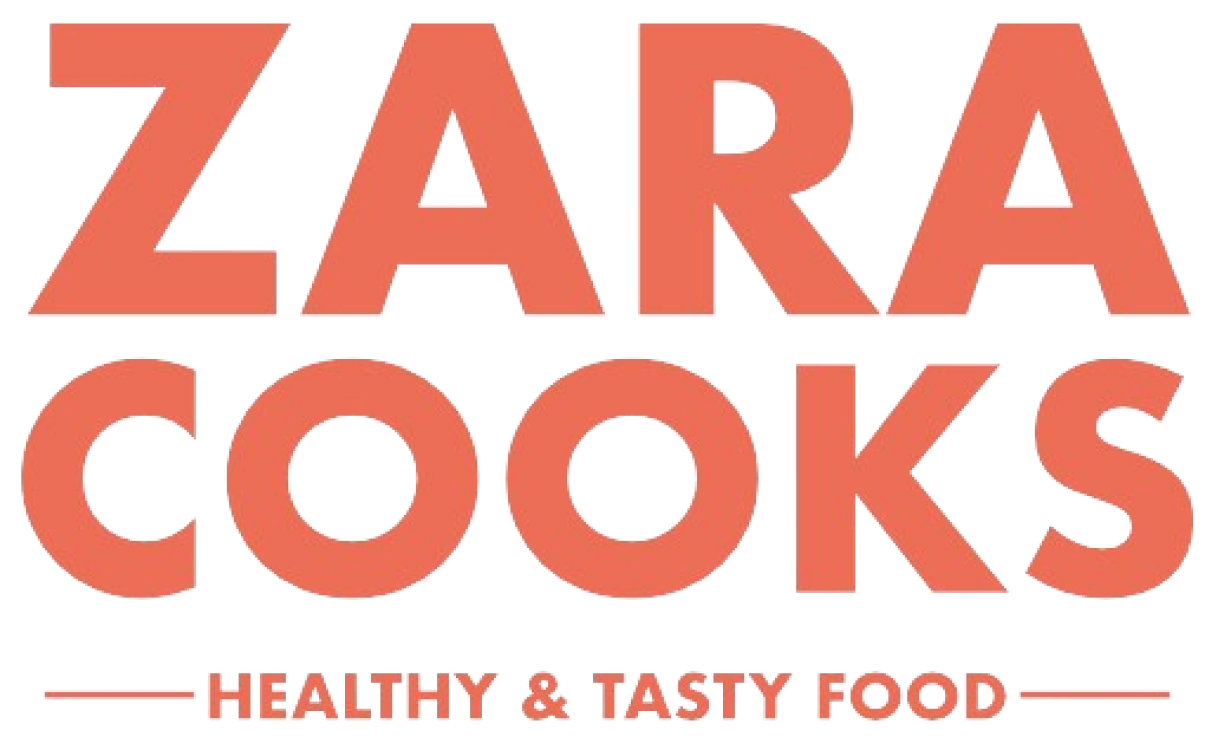Introduction:
Magnesium plays an essential role in various bodily functions, from energy production to maintaining muscle and nerve function. Fortunately, there are plenty of magnesium-rich foods that you can incorporate into your daily meals, both from plant-based and animal sources. In this article, we’ll dive into the top magnesium-rich foods and provide a comprehensive table for both general and vegan options to help you plan a balanced, magnesium-packed diet.
Top Magnesium-Rich Foods: General Overview
Magnesium is naturally found in many whole foods, but some are more concentrated in this mineral than others. Here’s a look at the most magnesium-rich food categories:
- Leafy Green Vegetables: Spinach, kale, Swiss chard, and collard greens are some of the best sources of magnesium. One cup of cooked spinach can provide up to 157 mg of magnesium, covering nearly 40% of your daily needs.
- Nuts and Seeds: Almonds, cashews, and pumpkin seeds are magnesium powerhouses. A 1-ounce serving of pumpkin seeds contains around 150 mg of magnesium, making them an easy snack to boost your intake.
- Whole Grains: Brown rice, quinoa, barley, and oats are great sources of magnesium, with one cup of cooked quinoa providing 118 mg of magnesium. Whole grains not only supply magnesium but also contribute to overall gut health due to their fiber content.
- Legumes: Beans, lentils, and chickpeas are excellent plant-based sources of magnesium. A cup of black beans provides approximately 120 mg of magnesium. Including legumes in soups, salads, or curries is a simple way to meet your daily magnesium needs.
- Fish and Seafood: Fish like salmon, mackerel, and halibut are rich in magnesium and also provide healthy omega-3 fatty acids. A 3-ounce portion of mackerel contains around 82 mg of magnesium.
- Dairy Products: Yogurt and milk can also contribute to your daily magnesium intake. A cup of plain yogurt offers around 30 mg of magnesium, in addition to being a good source of calcium.
- Dark Chocolate: One of the most enjoyable sources of magnesium, dark chocolate (70-85% cocoa) provides around 64 mg of magnesium per ounce. Plus, it contains powerful antioxidants.

Magnesium-Rich Foods: Vegan Options
For those following a plant-based diet, there’s no shortage of magnesium-rich foods. These options are diverse and can easily fit into everyday meals.
- Leafy Greens: Spinach, kale, Swiss chard
- Nuts: Almonds, cashews, Brazil nuts
- Seeds: Pumpkin seeds, chia seeds, flaxseeds
- Legumes: Lentils, black beans, kidney beans
- Whole Grains: Quinoa, brown rice, oats
- Vegetables: Broccoli, avocado, sweet potatoes
- Fruits: Bananas, dried figs, avocados
Vegans can incorporate these foods into their meals by adding nuts and seeds to salads, blending leafy greens into smoothies, or using whole grains as a base for grain bowls. Legumes can be used in soups or paired with rice for a magnesium-boosted lunch or dinner.
How to Incorporate Magnesium-Rich Foods into Your Diet:
Here are some easy and practical ways to include more magnesium-rich foods in your meals:
- Smoothies: Blend spinach or kale with almond milk, a banana, and chia seeds for a magnesium-packed breakfast smoothie.
- Salads: Toss leafy greens like spinach or Swiss chard with a handful of almonds, avocado slices, and a sprinkle of pumpkin seeds for a magnesium-rich salad.
- Snacks: Carry a small container of nuts and seeds (like cashews and pumpkin seeds) for a portable snack that’s full of magnesium.
- Main Meals: Use quinoa or brown rice as a base for your grain bowls or stir-fries. Top it with black beans, broccoli, and a drizzle of tahini for extra flavor and nutrition.
- Desserts: Indulge in dark chocolate for dessert. You can also make chia seed pudding or add magnesium-rich cocoa powder to smoothies for a delicious treat.
Conclusion:
Incorporating magnesium-rich foods into your diet doesn’t have to be difficult. With so many options available, from dark leafy greens to seeds and even dark chocolate, you can easily meet your daily magnesium needs. Whether you’re a vegan or consume animal-based products, the tables above provide a simple guide to help you choose the right foods. Stay tuned for more health tips on how to balance your diet for optimal nutrition.

Magnesium rich foods are a good source of magnesium.